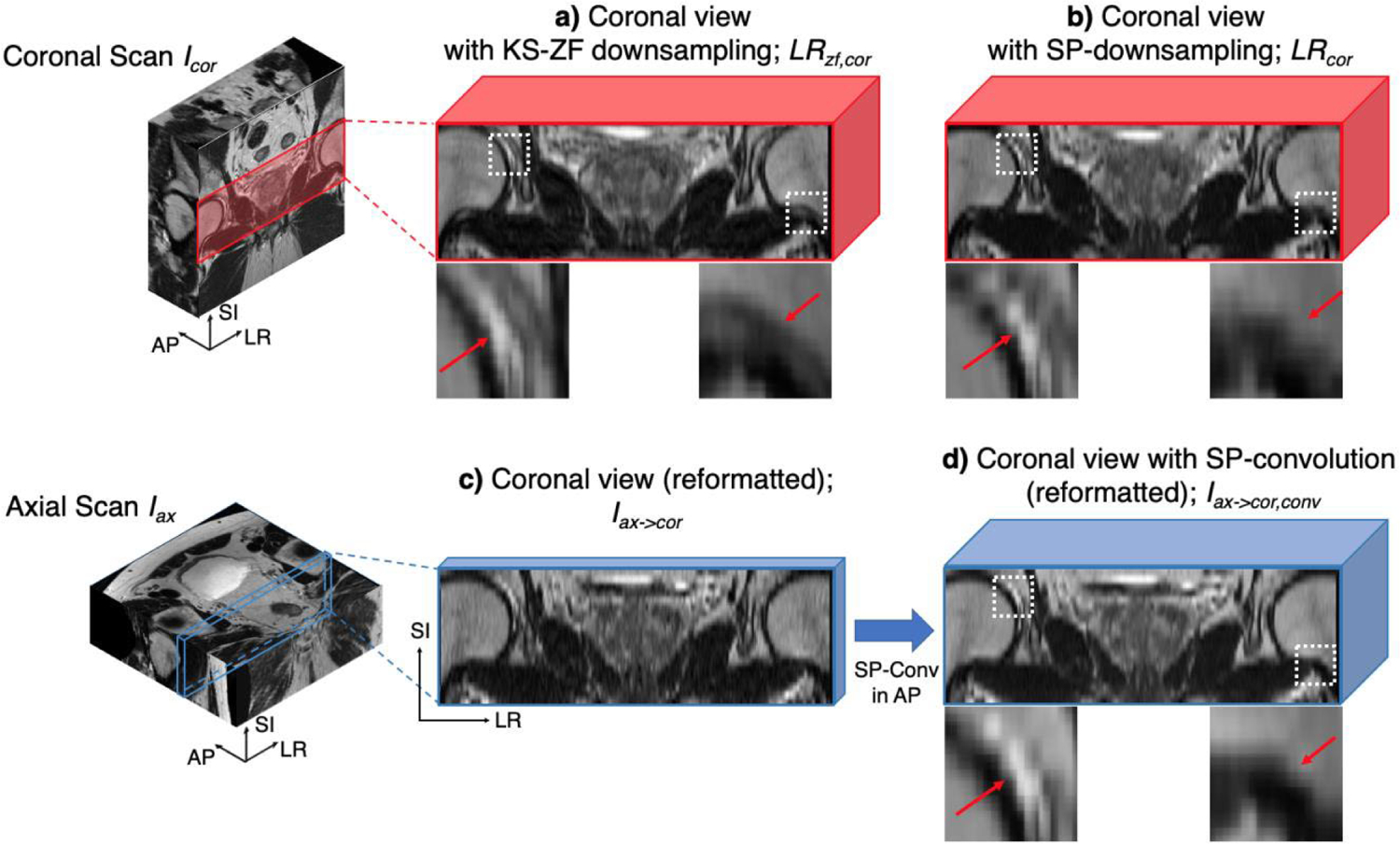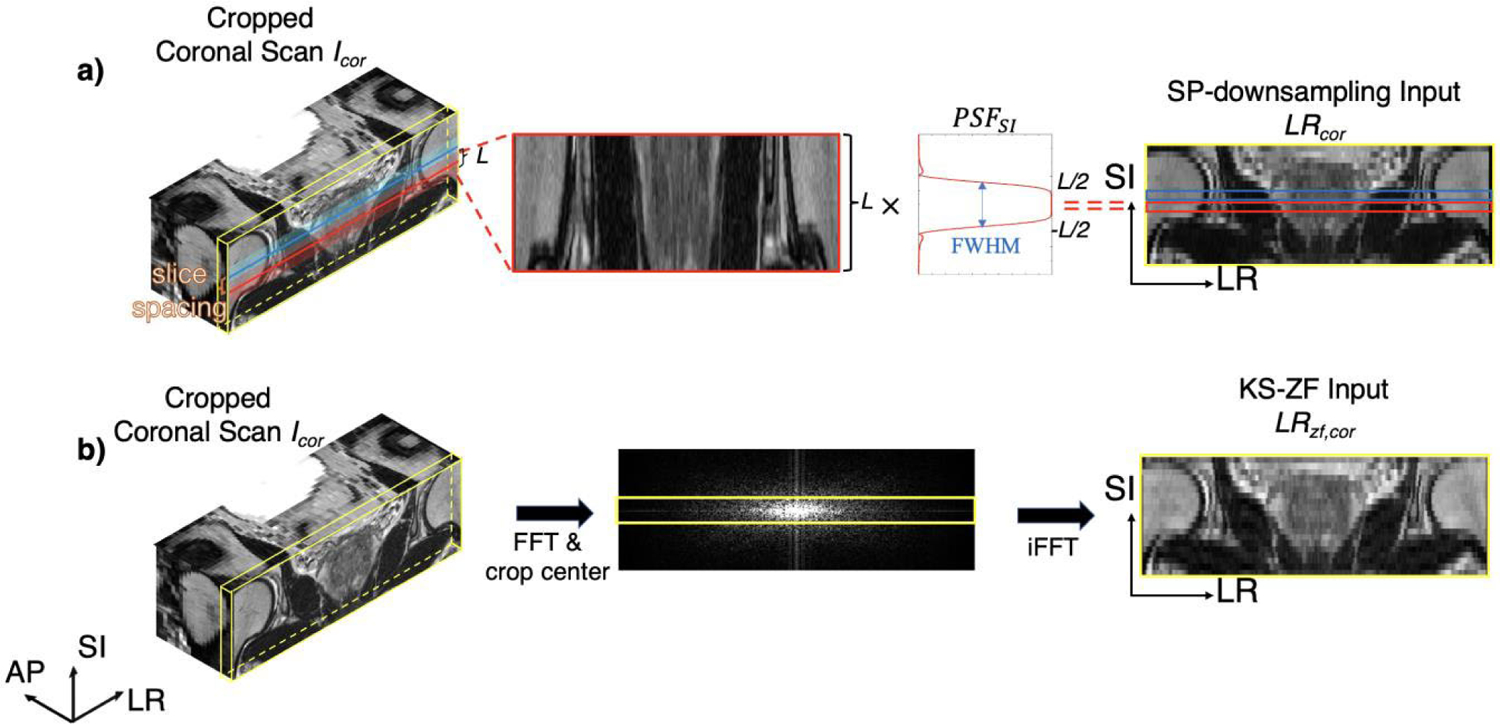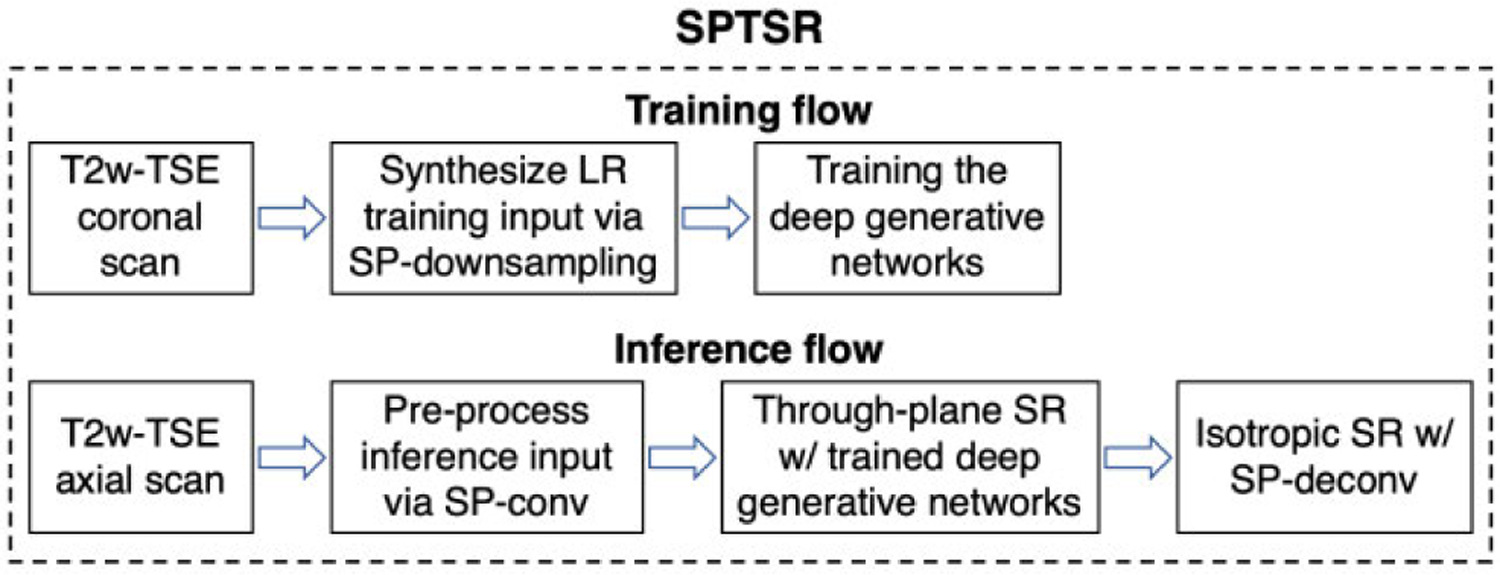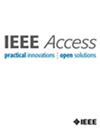High-Resolution 3D MRI With Deep Generative Networks via Novel Slice-Profile Transformation Super-Resolution
IF 3.4
3区 计算机科学
Q2 COMPUTER SCIENCE, INFORMATION SYSTEMS
引用次数: 0
Abstract
High-resolution magnetic resonance imaging (MRI) sequences, such as 3D turbo or fast spin-echo (TSE/FSE) imaging, are clinically desirable but suffer from long scanning time-related blurring when reformatted into preferred orientations. Instead, multi-slice two-dimensional (2D) TSE imaging is commonly used because of its high in-plane resolution but is limited clinically by poor through-plane resolution due to elongated voxels and the inability to generate multi-planar reformations due to staircase artifacts. Therefore, multiple 2D TSE scans are acquired in various orthogonal imaging planes, increasing the overall MRI scan time. In this study, we propose a novel slice-profile transformation super-resolution (SPTSR) framework with deep generative learning for through-plane super-resolution (SR) of multi-slice 2D TSE imaging. The deep generative networks were trained by synthesized low-resolution training input via slice-profile downsampling (SP-DS), and the trained networks inferred on the slice profile convolved (SP-conv) testing input for 5.5x through-plane SR. The network output was further slice-profile deconvolved (SP-deconv) to achieve an isotropic super-resolution. Compared to SMORE SR method and the networks trained by conventional downsampling, our SPTSR framework demonstrated the best overall image quality from 50 testing cases, evaluated by two abdominal radiologists. The quantitative analysis cross-validated the expert reader study results. 3D simulation experiments confirmed the quantitative improvement of the proposed SPTSR and the effectiveness of the SP-deconv step, compared to 3D ground-truths. Ablation studies were conducted on the individual contributions of SP-DS and SP-conv, networks structure, training dataset size, and different slice profiles.



基于新型切片轮廓变换超分辨率的深度生成网络高分辨率三维MRI
高分辨率磁共振成像(MRI)序列,如3D turbo或快速自旋回波(TSE/FSE)成像,在临床上是可取的,但当重新格式化为首选方向时,会出现长扫描时间相关的模糊。相反,多切片二维(2D)TSE成像由于其高平面内分辨率而被广泛使用,但由于细长体素导致的穿过平面的分辨率差以及由于阶梯伪影导致的无法生成多平面重新格式化而在临床上受到限制。因此,在各种正交成像平面中采集多个2D TSE扫描,增加了整体MRI扫描时间。在本研究中,我们提出了一种新的具有深度生成学习的切片轮廓变换超分辨率(SPTSR)框架,用于多切片2D TSE成像的平面超分辨率(SR)。深度生成网络通过切片轮廓下采样(SP-DS)通过合成的低分辨率训练输入进行训练,训练后的网络在切片轮廓卷积(SP-conv)测试输入上推断为5.5x通过平面SR。网络输出进一步进行切片轮廓去卷积(SP-decov),以实现各向同性超分辨率。与SMORE SR方法和通过传统下采样训练的网络相比,我们的SPTSR框架在50个测试病例中显示出最佳的整体图像质量,由两名腹部放射科医生进行评估。定量分析对专家读者研究结果进行了交叉验证。与3D地面实况相比,3D模拟实验证实了所提出的SPTSR的定量改进和SP去卷积步骤的有效性。对SP-DS和SP-conv的个体贡献、网络结构、训练数据集大小和不同切片轮廓进行消融研究。
本文章由计算机程序翻译,如有差异,请以英文原文为准。
求助全文
约1分钟内获得全文
求助全文
来源期刊

IEEE Access
COMPUTER SCIENCE, INFORMATION SYSTEMSENGIN-ENGINEERING, ELECTRICAL & ELECTRONIC
CiteScore
9.80
自引率
7.70%
发文量
6673
审稿时长
6 weeks
期刊介绍:
IEEE Access® is a multidisciplinary, open access (OA), applications-oriented, all-electronic archival journal that continuously presents the results of original research or development across all of IEEE''s fields of interest.
IEEE Access will publish articles that are of high interest to readers, original, technically correct, and clearly presented. Supported by author publication charges (APC), its hallmarks are a rapid peer review and publication process with open access to all readers. Unlike IEEE''s traditional Transactions or Journals, reviews are "binary", in that reviewers will either Accept or Reject an article in the form it is submitted in order to achieve rapid turnaround. Especially encouraged are submissions on:
Multidisciplinary topics, or applications-oriented articles and negative results that do not fit within the scope of IEEE''s traditional journals.
Practical articles discussing new experiments or measurement techniques, interesting solutions to engineering.
Development of new or improved fabrication or manufacturing techniques.
Reviews or survey articles of new or evolving fields oriented to assist others in understanding the new area.
 求助内容:
求助内容: 应助结果提醒方式:
应助结果提醒方式:


